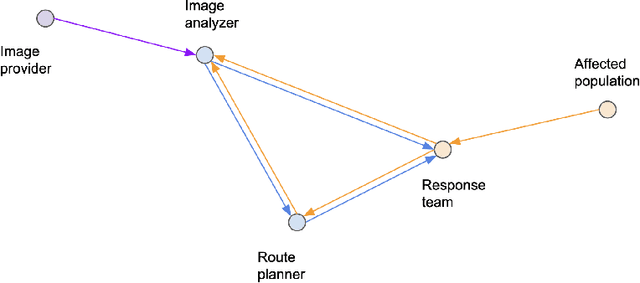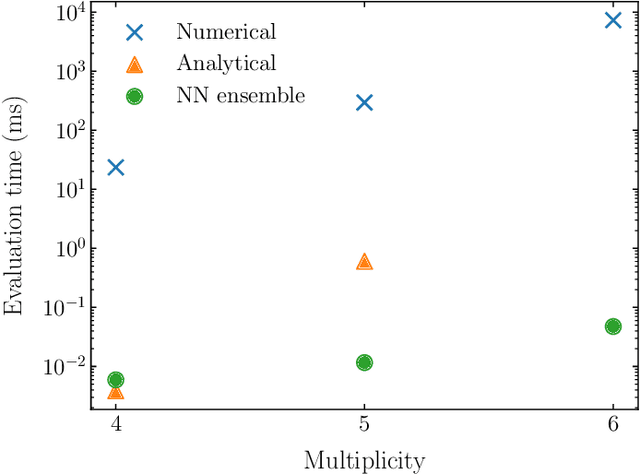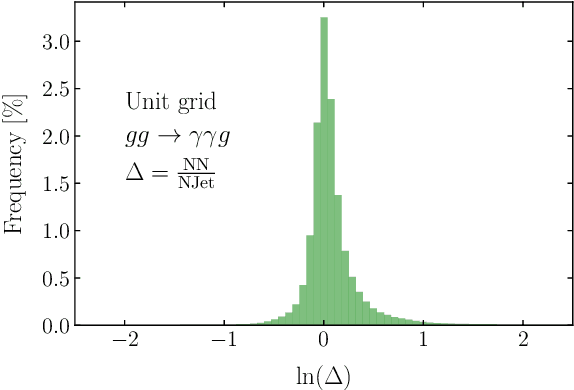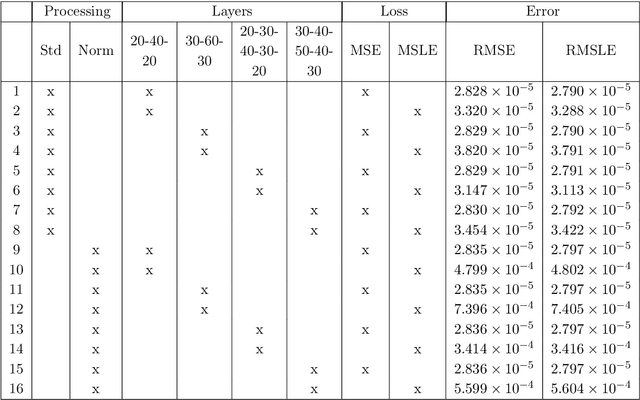Joseph Aylett-Bullock
Multi-AI Complex Systems in Humanitarian Response
Aug 24, 2022
Abstract:AI is being increasingly used to aid response efforts to humanitarian emergencies at multiple levels of decision-making. Such AI systems are generally considered as stand-alone for decision support, with ethical assessments, guidelines and frameworks applied to them through this lens. However, as the prevalence of AI increases in this domain, such systems will interact through information flow networks created by interacting decision-making entities, leading to often ill-understood multi-AI complex systems. In this paper we describe how these multi-AI systems can arise, even in relatively simple real-world humanitarian response scenarios, and lead to potentially emergent and erratic erroneous behavior. We discuss how we can better work towards more trustworthy multi-AI systems by exploring some of their associated challenges and opportunities, and how we can design better mechanisms to understand and assess such systems. This paper is designed to be a first exposition on this topic in the field of humanitarian response, raising awareness, exploring the possible landscape of this domain, and providing a starting point for future work within the wider community.
* 7 pages, 1 figure
Ensuring the Inclusive Use of Natural Language Processing in the Global Response to COVID-19
Aug 11, 2021Abstract:Natural language processing (NLP) plays a significant role in tools for the COVID-19 pandemic response, from detecting misinformation on social media to helping to provide accurate clinical information or summarizing scientific research. However, the approaches developed thus far have not benefited all populations, regions or languages equally. We discuss ways in which current and future NLP approaches can be made more inclusive by covering low-resource languages, including alternative modalities, leveraging out-of-the-box tools and forming meaningful partnerships. We suggest several future directions for researchers interested in maximizing the positive societal impacts of NLP.
Optimising simulations for diphoton production at hadron colliders using amplitude neural networks
Jun 25, 2021



Abstract:Machine learning technology has the potential to dramatically optimise event generation and simulations. We continue to investigate the use of neural networks to approximate matrix elements for high-multiplicity scattering processes. We focus on the case of loop-induced diphoton production through gluon fusion and develop a realistic simulation method that can be applied to hadron collider observables. Neural networks are trained using the one-loop amplitudes implemented in the NJet C++ library and interfaced to the Sherpa Monte Carlo event generator where we perform a detailed study for $2\to3$ and $2\to4$ scattering problems. We also consider how the trained networks perform when varying the kinematic cuts effecting the phase space and the reliability of the neural network simulations.
 Add to Chrome
Add to Chrome Add to Firefox
Add to Firefox Add to Edge
Add to Edge